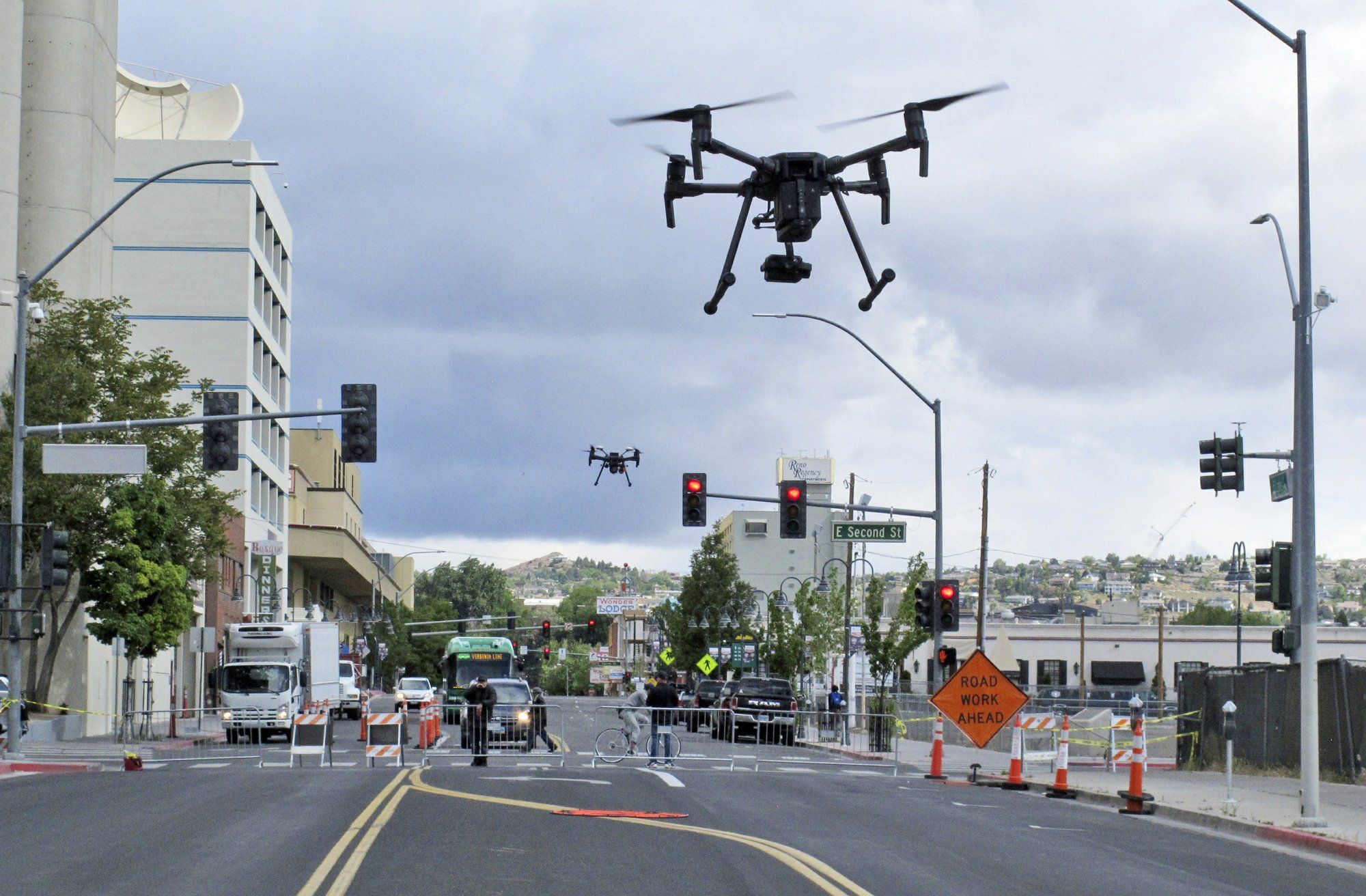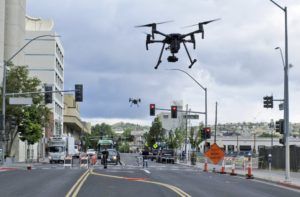Looking ahead to the day that the stalwart postman or Fedex driver is replaced by a package-carrying drone, NASA has been testing a “national traffic management system” for unmanned aerial vehicles (UAVs). The latest simulations took place in Reno, Nevada, where NASA tested the avoidance capabilities and other features of its UTM (short for Unmanned Aircraft Systems Traffic Management).
UTM combines the onboard hazard avoidance software in the UAVs along with a network of data providing “dynamic geofencing, severe weather and wind avoidance, congestion management, terrain avoidance, route planning and re-routing, separation management, sequencing and spacing, and contingency management.” As with ADS-B, the UAVs would share their location through the UTM to help provide separation.
“This activity is the latest and most technical challenge we have done with unmanned aerial systems,” said David Korsmeyer, associate director of research and technology at NASA’s Ames Research Center in Mountain View, California. NASA had tested the UTM in rural locations but this was the first opportunity to see how it worked in an urban environment, where the potential conflicts are greater and the challenges of controlling the UAV’s path among buildings and other obstructions are significantly greater.
Prior to the Reno test, NASA described the mission: “Certified drone pilots will operate the aircraft in controlled areas of the city that are blocked to vehicle and foot traffic. The flights will simulate different scenarios involving multiple drones flying at once above city streets and between buildings. The researchers will collect data from the aircraft, drone pilots and commercial partners about the operation of the UTM system.”
Chris Walach, executive director of the Nevada Institute of Autonomous Systems, which is running the Reno tests, told The Associated Press that “when we began this project four years ago, many of us wouldn’t have thought we’d be standing here today flying UAVs with advanced drone systems off high-rise buildings.”
NASA says the Reno test was a success, and that this phase of the four-year program will continue in Reno and Corpus Christi, Texas, through the summer.




































